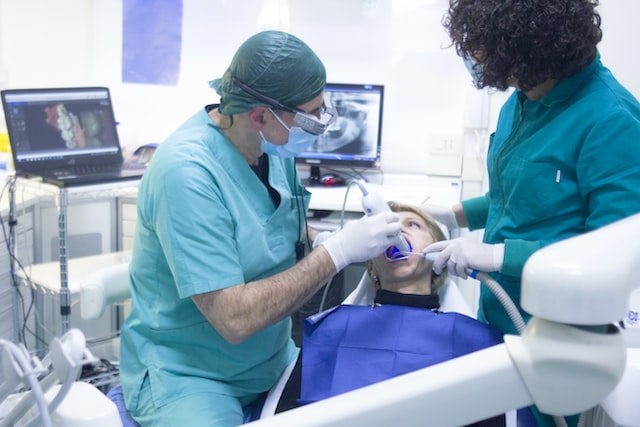An interesting article titled “The Effect of Local Melatonin Application Following the Removal of an Impacted Mandibular Third Molar” appears in the Journal of Oral and Maxillofacial Surgery written by Shaimaa Mohsen Refahee and et. al. The article seeks to measure the effect of applying melatonin in the socket of an impacted lower wisdom tooth with osteogenic activity, painkilling effect, and anti-inflammatory effect. A prior article exploring the use of melatonin after wisdom teeth extraction has been discussed on this site before see Should Melatonin be Used for Wisdom Teeth Surgery?.
In the current article, the authors conducted a prospective, randomized, blinded trial comprised of patients who required removal of the impacted lower wisdom tooth. Melatonin has antioxidant and anti-inflammatory properties and promotes osteoblast differentiation and bone formation, which could potentially limit problems like intrabony defects and bone loss associated which may occur after tooth extraction. In the study a total of 38 patients, 25 female and 13 males with a median age of 27 years, with impacted lower wisdom teeth were split equally into tw groups: 19 patients received 3 mg of melatonin mixed with 2 ml of hydroxyethyl cellulose gel 2% that was gently packed into the socket and the other 19 patients had a placebo of 2 ml of hydroxyethyl cellulose gel 2% placed in the socket. The primary study outcome was bone density, measured with Hounsfield unit from cone-beam computed tomography scans taken after surgery and again 6 months later. The secondary outcome variables included serum osteoprotegerin level to evaluate bone healing activity with blood tests that was measured after surgery, 4 weeks later, and again 6 months later. Other outcome measures inclued pain by a 10 point visual analog scale, maximum mouth opening, and swelling that were measured after surgery as well as 1, 3, and 7 days after surgery. A caliper was used to measure each patient’s mouth opening was from the cutting edge of the maxillary central incisor to the mandibular central incisor. Measuring tape was used to measure the degree of swelling was from the tragus to the corner of the mouth.
The authors found no statistical significance in bone density observed in both groups. There were statistically significant improvements in osteoprotegerin levels on week four (median = 1.9 [1.4 to 2.4], p = .02), maximum mouth opening on day one (median = 38.33, standard deviation ± 1.20; p = .031), and swelling on day three (median = 14.36, standard deviation ± 0.80; p = .003) in those given melatonin compared to those in the placebo group. The generalized estimating equation pain scale, a statistical semiparametric regression technique, showed the statistically significant interactions of melatonin on days one, three, and seven. Melatonin reduced the pain score on the first day by -1.69 ( p < .001) if all the other covariates remained constant. Similarly, melatonin reduced the pain score by -2.16 p < .001) on the seventh day. The authors therefore could not find any osteogenic activity of melatonin in those having wisdom teeth surgery. However, they did find that melatonin give to wisdom teeth surgery patients reducing pain and swelling and helps to improve maximum mouth opening.

The authors noted some limitations of the study including that a single dose of melatonin was applied to the tooth socket and thus a minimal effective dose could not be determined. Furthermore, locally applying melatonin at the socket may be considered a replacement for anti-inflammatory drugs,
